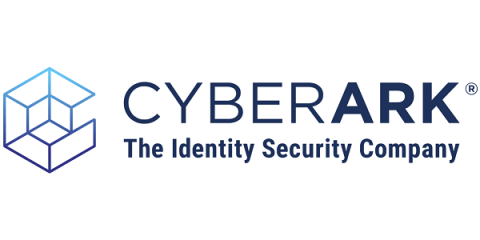Preparing for TSA Cybersecurity Compliance with Identity Security
The aviation industry relies on a complex web of players and digital systems to fly passengers safely around the world. Billions of data points flow across this vast interconnected ecosystem – from cloud-based ticketing apps and customer experience portals, to third-party vendors and technology systems, to airport ground operations and in-flight aircraft.











